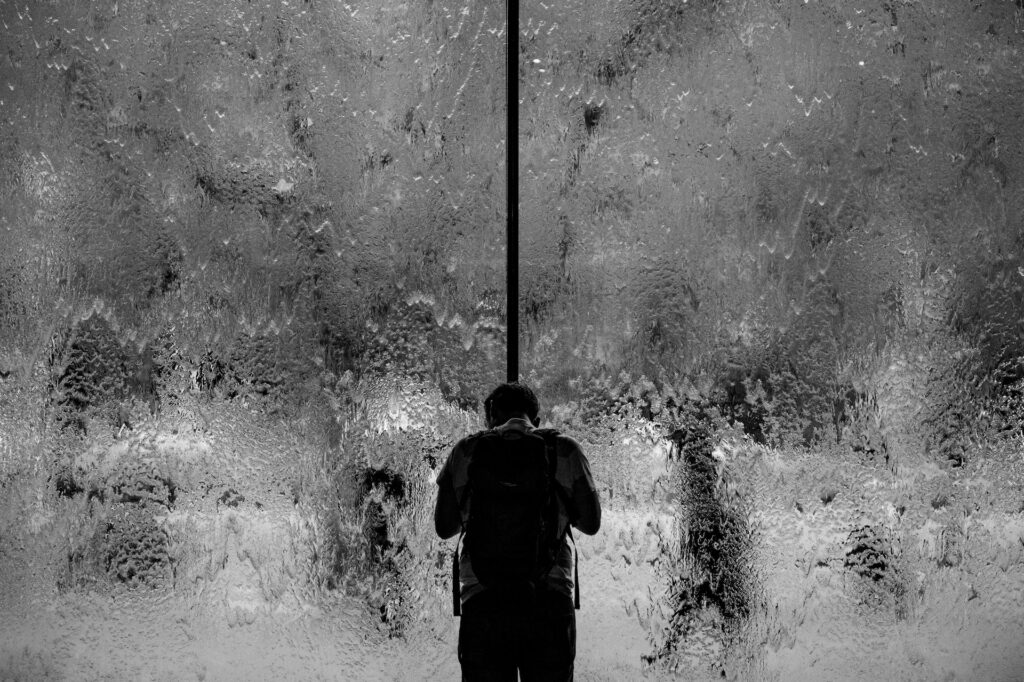Chronic Pain and Loneliness – Understanding the Connection
Living with chronic pain can be an isolating and challenging experience. It not only affects physical well-being but also has a profound impact on mental and emotional health. In recent years, research has shed light on the strong relationship between chronic pain and loneliness. This article explores the connection between these two phenomena and offers insights into their shared impact on individuals’ overall well-being.
- Chronic Pain: An Isolating Journey Chronic pain, characterized by persistent discomfort lasting for months or even years, can lead to limitations in daily activities and reduced participation in social events. The unpredictable nature of pain flares and the need for rest or medical appointments may cause individuals to withdraw from social interactions. As a result, chronic pain sufferers may experience a sense of isolation, feeling disconnected from friends, family, and the community.
- The Vicious Cycle of Loneliness: Loneliness, often defined as a subjective feeling of social isolation, can be both a cause and consequence of chronic pain. People living with chronic pain may experience loneliness due to reduced social support, difficulty in engaging in social activities, or feeling misunderstood by others who do not comprehend the extent of their pain. Conversely, chronic pain can lead to decreased participation in social gatherings, making it challenging to build and maintain meaningful relationships, ultimately perpetuating the cycle of loneliness.
- Psychological Impact: A Shared Burden Both chronic pain and loneliness can take a toll on mental health. Chronic pain sufferers are more prone to developing conditions like anxiety and depression, which can further exacerbate feelings of loneliness. The emotional burden of constant pain and limited social connections can lead to a negative spiral, impacting overall well-being and quality of life.
- Breaking the Cycle: Strategies for Support Recognizing the interplay between chronic pain and loneliness is crucial for finding effective strategies to break the cycle. Here are some approaches that can help:

a. Seeking Support: Engaging with support groups, online communities, or therapy can provide a sense of belonging and understanding. Connecting with others who share similar experiences can help alleviate feelings of isolation.
b. Open Communication: Communicating openly with loved ones about your chronic pain can help them better understand your challenges and offer the support you need. Education and empathy can bridge the gap between pain and social connections.
c. Self-Care and Coping Mechanisms: Prioritizing self-care, practicing relaxation techniques, and exploring pain management strategies recommended by healthcare professionals can improve physical and emotional well-being, boosting confidence and reducing feelings of loneliness.
- The Importance of Professional Help For those experiencing chronic pain and its accompanying loneliness, seeking professional help is essential. Healthcare providers can offer guidance, tailor pain management plans, and provide referrals to mental health specialists who can address the emotional impact of chronic pain.
Chronic pain and loneliness share a complex relationship, with each influencing and exacerbating the other. Recognizing this connection is crucial for individuals, loved ones, and healthcare professionals. By addressing both the physical and emotional aspects of chronic pain, individuals can find effective ways to manage their pain, rebuild social connections, and improve their overall well-being. Remember, you are not alone, and support is available to help you navigate this challenging journey.

